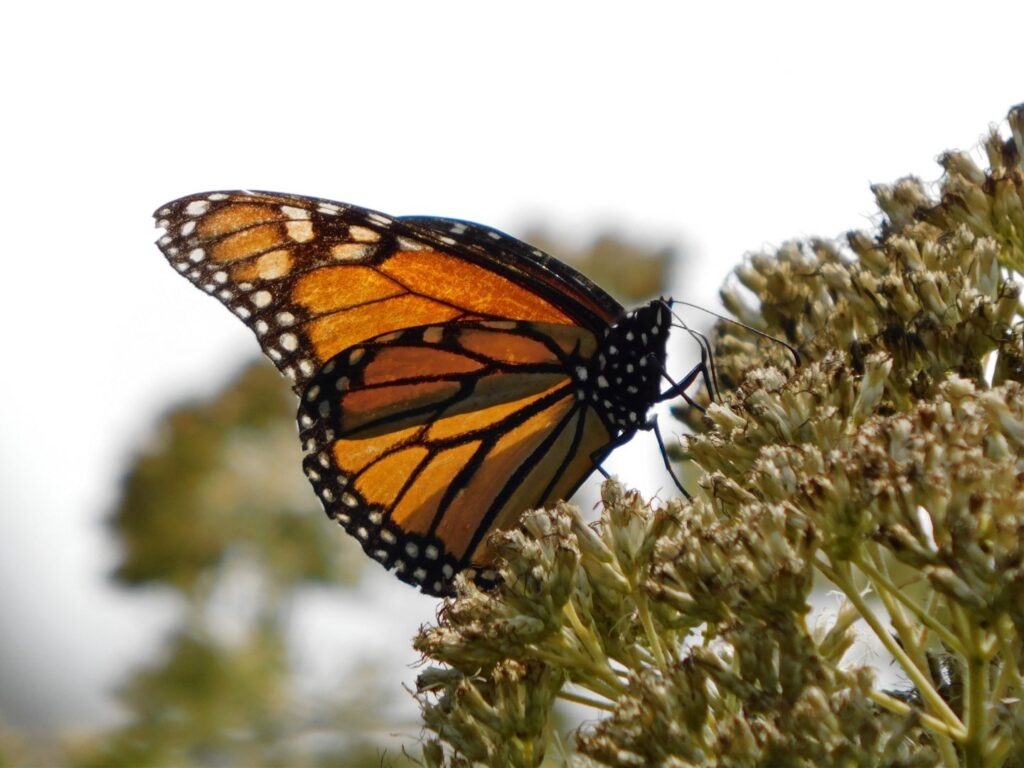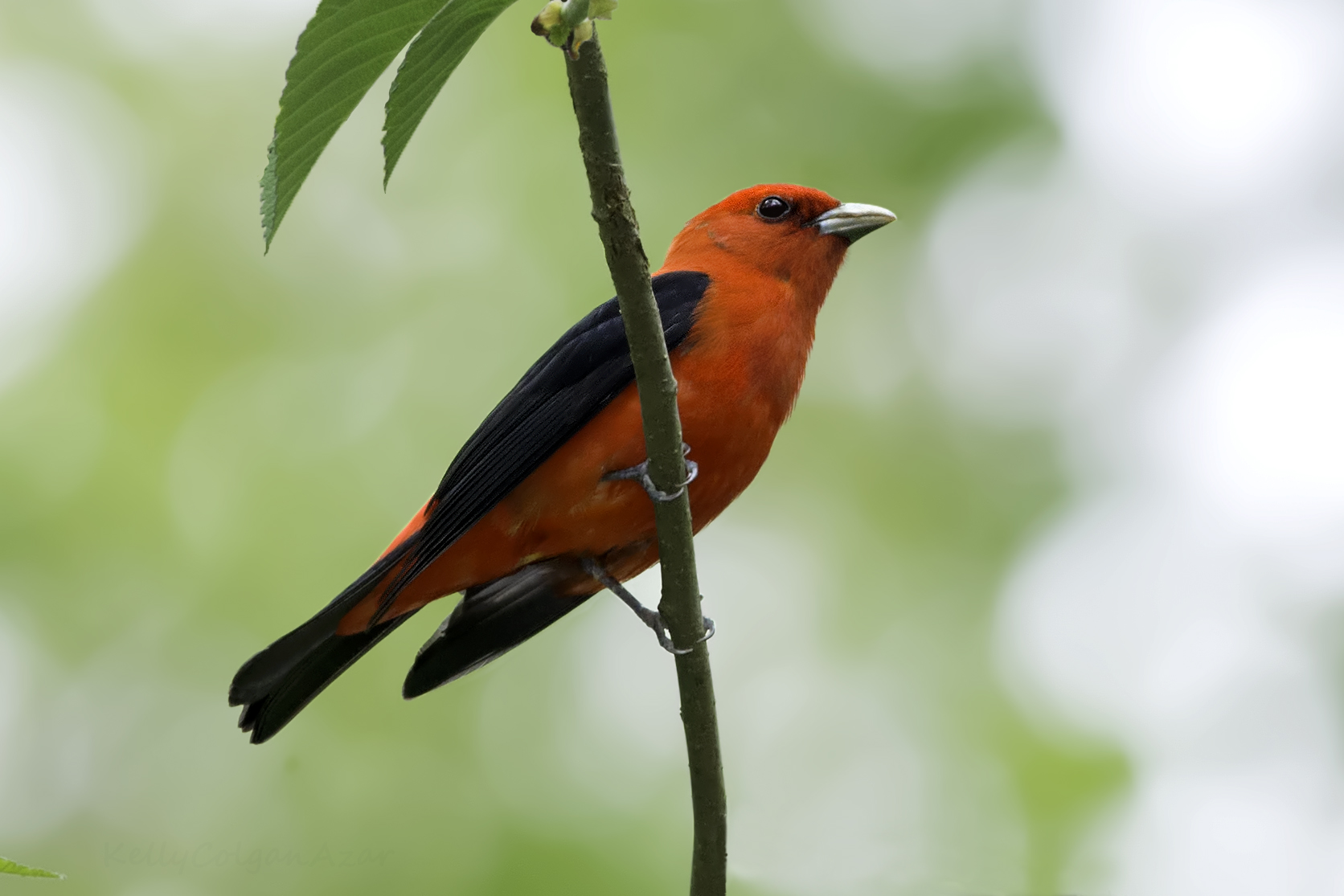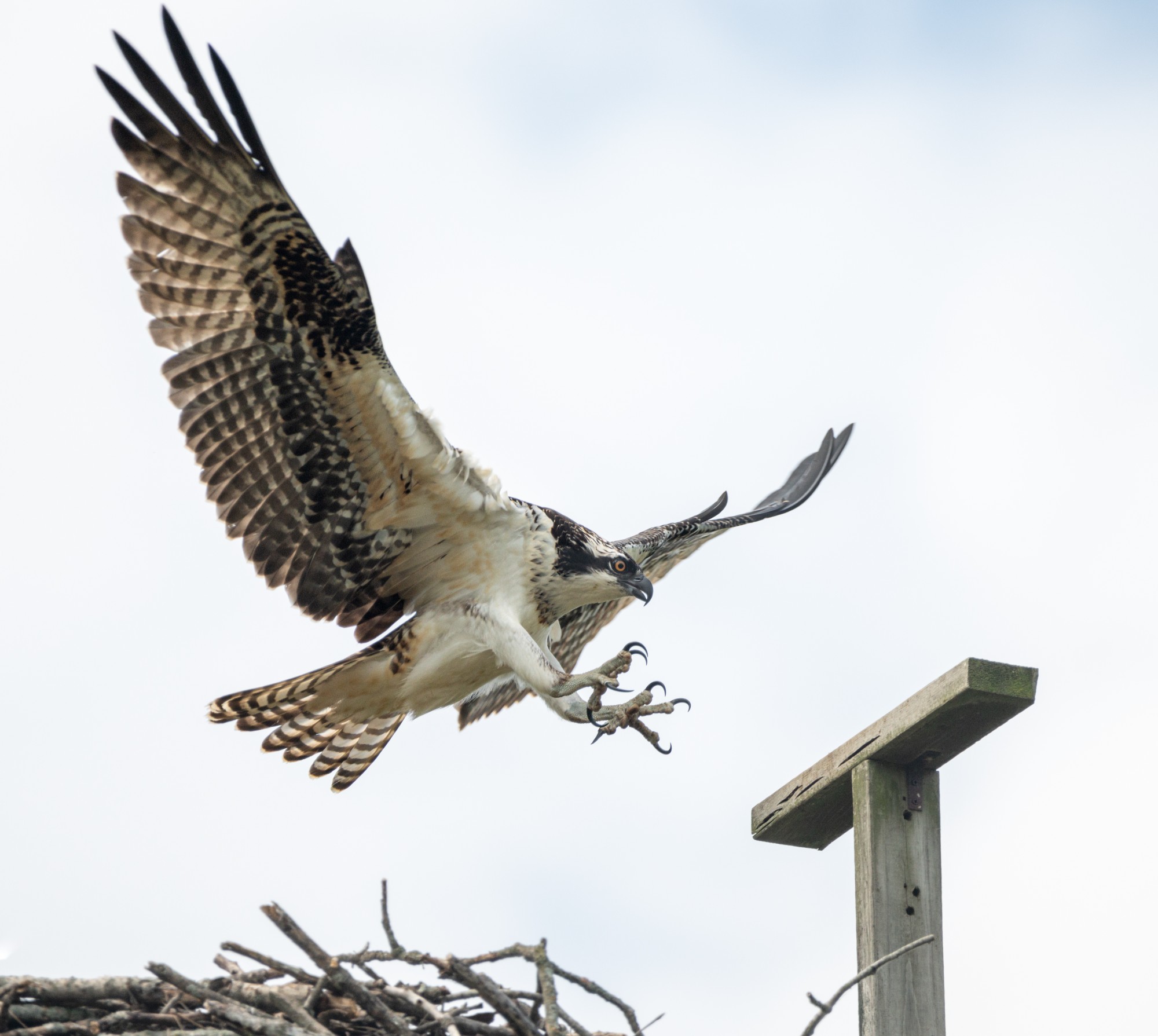As summer begins to fade, the trails we have hiked and grown to know these past few months become reborn. The autumn welcoming committee contains new colors, smells, and even wildlife.
The transition between summer and fall is one of the most spectacular natural occurrences one can witness. With this rebirth, a natural wonder emerges: the monarch butterfly.
Like the gentle fluttering of orange leaves to the ground, the monarchs float through the air in numbers that seem to increase this time of year. Though most people are familiar with this iconic pollinator, fewer know of its unfathomable migration.
In the late summer into autumn, the monarch begins its journey south. It will travel up to 3,000 miles to its wintering site in central Mexico. There, thousands of butterflies will huddle together on fir trees to wait out the winter months. This initial migratory trip is made by one generation, which means the butterfly you see gliding around your garden is the same one that will make the journey all the way to Mexico. On the way back however, the adventure will take 4-5 generations, stopping along the way to feed on nectar and lay eggs for new butterflies to continue their parents’ trip.
Monarchs lay their eggs on milkweed plants (Asclepias spp.). This is because monarch caterpillars eat milkweed as their only source of food until they eventually pupate, the next step in their life cycle before emerging as a fully-grown butterfly. Those familiar with milkweed might think this is a curious food to eat exclusively since milkweed contains toxins harmful to many animals. However, the monarch caterpillar allows these toxins to build up within them for their eventual metamorphosis into a butterfly. This ultimately makes them toxic as adults to their would-be predators, mainly birds. They are so successful at warding off predators that other animals mimic their appearance, like the viceroy butterfly.
The final decision if the monarch butterfly will be listed as an endangered species is in December of 2020. They are expected to be given federal protection under the Endangered Species Act. If you are interested in helping these marvelous insects in your own backyard, the Monarch Waystation Program and others like it are good ways to get involved for little or no cost.
The monarch butterfly and its journey is a truly unique and fascinating feature of fall. There are numerous curiosities to this species– it was one of the first butterflies sent to space. I encourage all who read this to learn more about these absolutely entracing animals.
As you begin to notice the difference in seasons around you, take a moment to appreciate the wonders of nature. Even the most conspicuous of fluttering insects can have one of the most amazing journeys in the animal kingdom.
Jake Gamble is the Stewardship Coordinator for Red-tail Land Conservancy. Impassioned by land conservation, he strives to protect and preserve the natural quality of Indiana while inspiring others to do the same.
Photo by Helen Steussy




